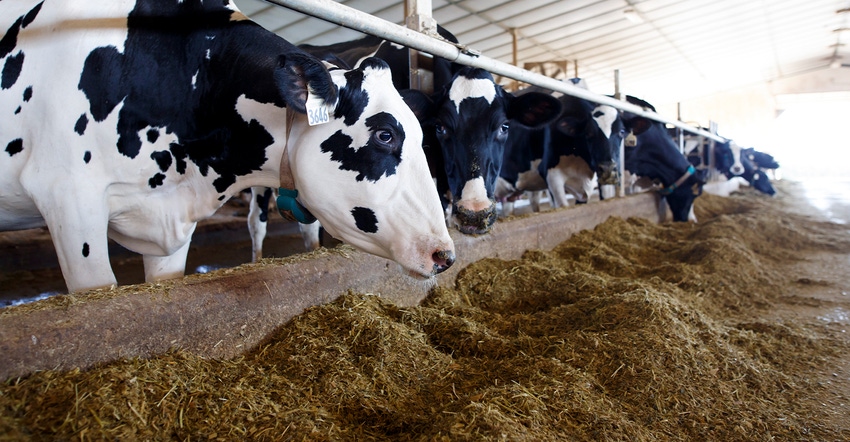October 21, 2019

By Jim Massey
The factors that make a dairy farm efficient and profitable don’t necessarily change if a farmer installs a robotic milking system, according to a pair of robotic milking experts from Finland.
Virpi Kurkela, a veterinarian for 4dBarn Oy based in Oulu, Finland, and Jouni Pitkaranta, an architect for the firm, offered their observations on robotic milking during a recent workshop in Madison, Wis. 4dBarn is a company that specializes in robot barn functionality. The firm is partnering with the Dairyland Initiative at the University of Wisconsin-Madison School of Veterinary Medicine to study the efficiencies related to robotic milking.
Labor-saving tools
Kurkela and Pitkaranta have plenty of experience with robotic milking systems in Finland, where about 40% of the milk is harvested by robots. The average farm in Finland has two robots and can milk about 120 cows, Pitkaranta said.
Farmers everywhere who install robots on their farms have similar goals, Kurkela said. In most cases, robots are used as a labor-saving tool.
“The three main reasons farmers install robots are labor, labor and labor,” she said.
Pitkaranta said robotic milking systems are physically less demanding and offer more flexible working routines. Many farmers don’t want to hire employees, so they opt to install robots so they can expand their operations without extra labor.
“Dairy farmers want to have a life — they want to work in the same way as their friends who work in the cities,” he said. “They want free time and holidays.”
Kurkela said robots don’t necessarily solve animal health or labor challenges, but if the barn is designed and managed properly, cow comfort and health can be improved.
“In a barn with an automated milking system, we give the cow the resources she needs: feed, a comfortable laying place, good quality air, fresh water and social interaction in a herd,” she said. “The cow has the control of how and when to use those resources.”
Less stress
Robotic milking systems generally offer fewer surprises for the cow and fewer group handling situations, which means the environment has a potential to be less stressful.
In all types of dairies — whether they be small, large or somewhere in between — keeping animals healthy is the key to profitability, Kurkela said.
“Cows that are sick take a lot of your labor time,” she said. “When cows are comfortable, they are sick less often. All the things we have learned from conventional milking apply to robotic barns as well.”
Pitkaranta said some farmers who switch to robotic milking systems do so because of the extra information they receive from their system.
“With robotic milking systems, you get lots of information you can play with and develop your management,” he said. “For many farmers, that’s a big thing.”
Milking cows three or more times per day with robots is generally good for udder health and is one way farmers can increase milk yield per cow, Kurkela said.
A well-designed gate system is essential to making a robotic milking system work efficiently, Pitkaranta said. With a good gate system, only one person is needed to move cows from one area to the next, and sorting can be handled easily and efficiently.
David Kammel, an emeritus professor in the UW-Madison Department of Biological Systems Engineering, has recently become a representative for the Finnish company in the U.S.
Massey lives near Barneveld, Wis.
You May Also Like




